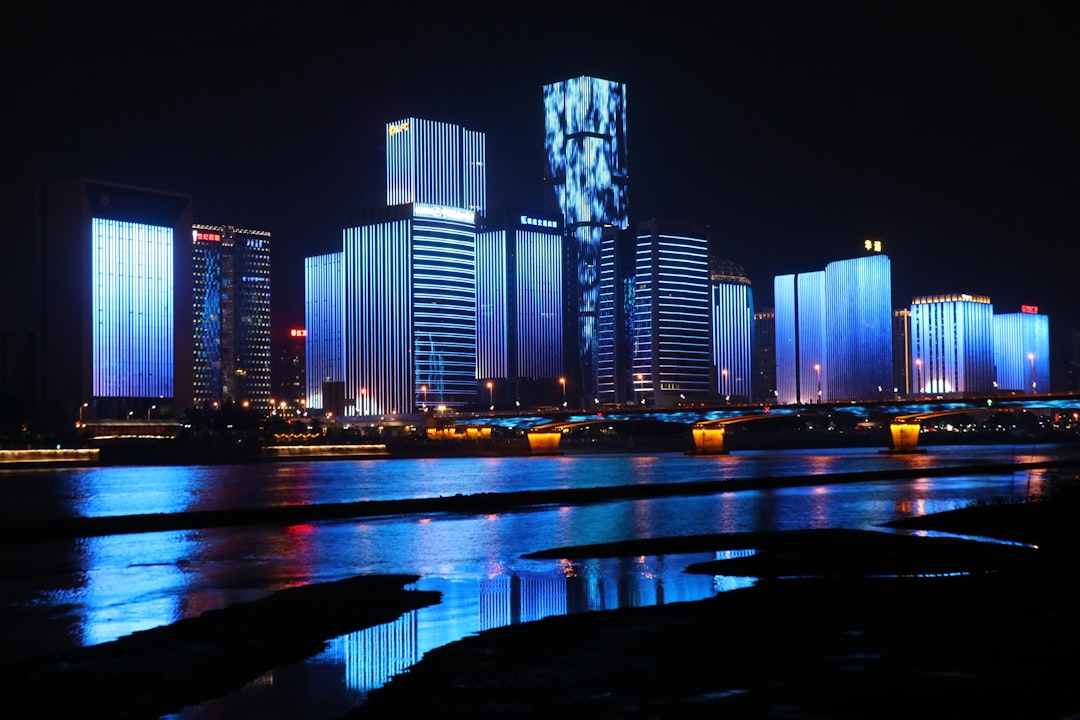What is it about?
This article provides a survey of the Belfast civic elite in the mid-nineteenth century. The Belfast elite was a small group of middle class men who were highly active in civic institutions such as the town government, the Harbour Commissioners and charities. The civic elite dominated town affairs and oversaw the growth of Belfast from a market town at the beginning of the century to a highly prosperous industrial base and Ireland's largest city at the century's close. Nineteenth-century Belfast was the only industrialized town in Ireland and was the fastest growing town in the UK. This article explores the relationship between industry and civic activism, and examines the origins, education, occupations, levels of wealth, and religion of the elite. Belfast is placed in the context of other similarly industrialized UK cities. The majority of Belfast elite members were born in the Ulster hinterland and worked as textile manufacturers or merchants. However the links between Belfast and the rest of the UK - particularly Scotland - were strong, and undoubtedly contributed to Belfast's economic success. The primary source of wealth up to the 1870s was the linen industry. Presbyterians were the most numerous among the Belfast elite, but Anglicans were prominent both in the textile business and in local authority positions and were, in fact, the wealthiest religious group.
Featured Image
Why is it important?
The middle class in Victorian Ireland has been strangely neglected as a social group, yet its influence was significant and far-reaching, perhaps particularly in the north of the island. Nineteenth-century Belfast was the only industrialized town in Ireland and was the fastest growing town in the UK, yet it is often neglected in nineteenth-century urban historiography. This article focuses on the civic elite - a wealthy, middle class, industrial elite - that played a vital role in the growth, development and prosperity of Belfast and the north-east of Ireland. By the end of the century, Belfast was Ireland's largest city, and its middle class leaders led the agitation against Home Rule, citing strong economic and religious links with the rest of the UK as key reasons for departing from the rest of the island.
Read the Original
This page is a summary of: The Civic Elite of Mid-Nineteenth-Century Belfast, Irish Economic and Social History, September 2016, SAGE Publications,
DOI: 10.1177/0332489316665303.
You can read the full text:
Contributors
The following have contributed to this page










